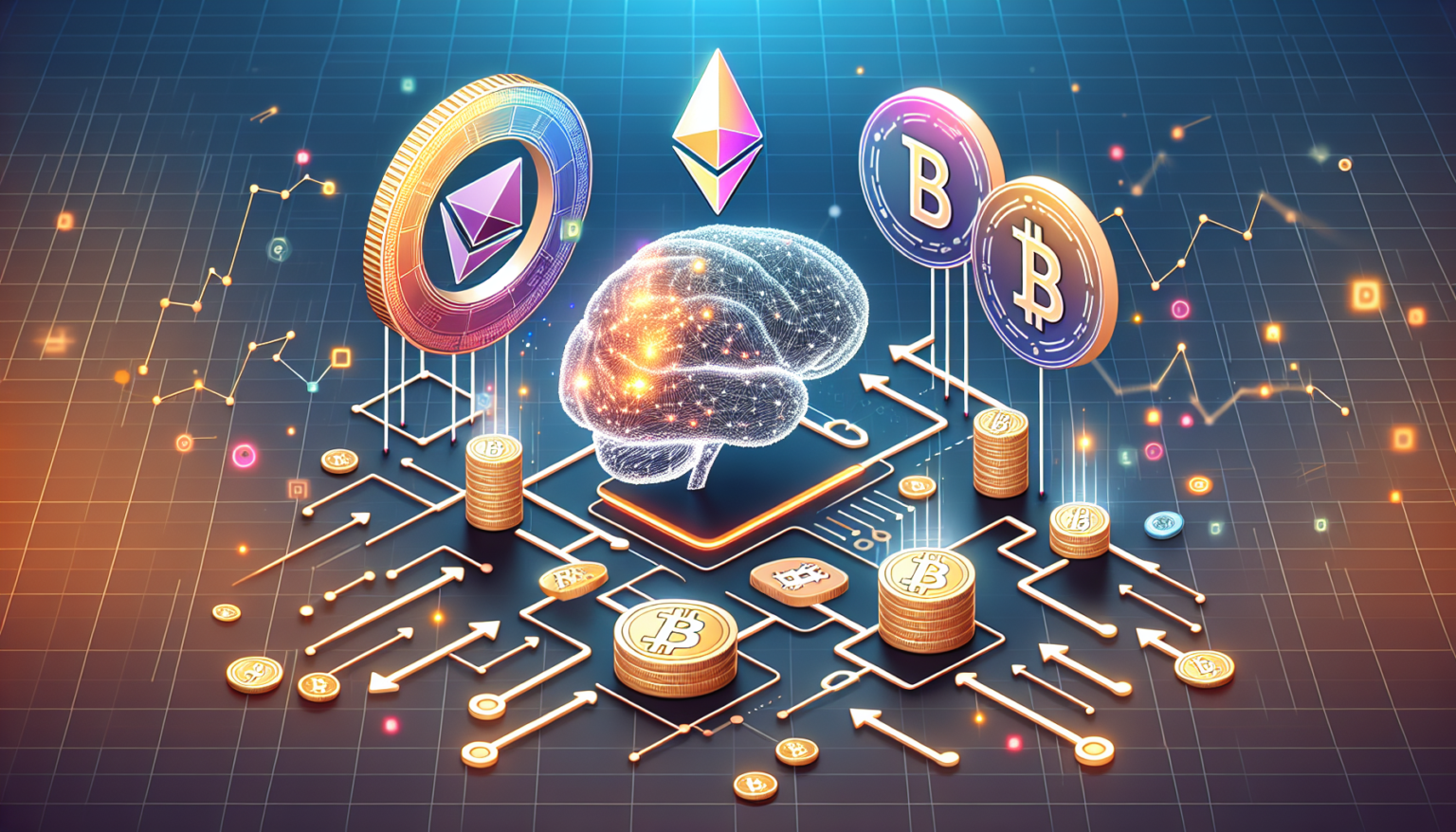Understanding the Crypto Market Landscape
The Volatility of Cryptocurrencies
The crypto market is known for its extreme volatility. Prices can swing wildly within short periods, making it both an enticing and daunting space. Factors driving this volatility include regulatory changes, technological advancements, and market sentiment. Knowing these factors helps in understanding how machine learning can be applied to predict market trends.
Why Predictive Analysis is Important
In such a fast-paced environment, having a means to predict future price movements is invaluable. Investors and traders who can anticipate market fluctuations can make informed decisions that significantly impact their portfolio’s performance. Predictive analysis not only aids in trading strategies but also in risk management, allowing participants to identify potential downturns or upswings ahead of time.
The Role of Machine Learning in Analysis
What is Machine Learning?
Machine learning is a subset of artificial intelligence that focuses on building systems that learn from data. These systems improve their performance as they process more information, making predictions based on patterns in the data. In the realm of crypto market analysis, machine learning can be employed to sift through vast amounts of market data far more efficiently than a human could.
Types of Machine Learning Techniques for Crypto Analysis
To harness the power of machine learning in predictive analysis, various techniques can be utilized:
Supervised Learning
Supervised learning involves training a model on a labeled dataset. For instance, a dataset might contain historical prices and their associated features, such as trading volume and news sentiment. The model learns to map features to outcomes, aiming to predict future prices based on past data.
Unsupervised Learning
Unsupervised learning, on the other hand, doesn’t require labeled data. It finds structures or patterns in input data. This could be useful for identifying clusters of similar behaviors in trading activity or recognizing unusual volatility patterns.
Reinforcement Learning
Reinforcement learning is a dynamic approach where algorithms learn to make decisions by receiving feedback from their actions. It could be utilized by developing trading bots that adapt over time by evaluating the success of their trades against market conditions.
Data Sources for Crypto Market Analysis
Identifying Key Data Points
The accuracy and reliability of a machine learning model depend significantly on the data it uses. In the cryptocurrency market, several key data points are critical for analysis:
Price History
Historical price data is fundamental. This includes open, high, low, and close prices over different time frames. Collecting historical data allows machine learning models to examine patterns and fluctuations over time.
Trading Volume
Trading volume helps gauge market interest and liquidity. Significant increases or decreases in volume often precede large price movements, providing valuable signals for predictive models.
Market Sentiment
Market sentiment can be gauged through social media analysis, news articles, and market reports. By utilizing natural language processing techniques, machine learning models can quantify sentiment and include it as a variable in predictive analytics.
Integrating Diverse Data for Robust Analysis
Integrating multiple data sources can enhance predictive accuracy. For example, combining social media sentiment with historical price and volume data creates a more comprehensive view of market dynamics. This holistic approach helps models capture various influencing factors.
Building and Training Machine Learning Models
The Model Selection Process
Selecting the right model is vital. Various algorithms can be leveraged for cryptocurrency price forecasting:
Regression Models
Regression models, particularly linear regression, are commonly used for straightforward price prediction. However, they might not capture complex nonlinear relationships effectively.
Decision Trees and Random Forests
Decision trees are intuitive and easy to interpret, often employed for classification tasks. Random forests can enhance decision trees’ performance by using ensemble techniques to reduce overfitting.
Neural Networks
For more complex relationships, deep learning models like neural networks can be utilized. These models can automatically identify intricate patterns in data, making them suitable for predicting cryptocurrency prices.
Training the Model
Once a model is selected, it’s time to train it using historical data. This process involves splitting the dataset into training and testing sets. The training set is used to fit the model, while the testing set evaluates the model’s performance.
Evaluating Model Performance
Metrics for Success
To determine how well a machine learning model predicts crypto market trends, specific metrics can be analyzed:
Mean Absolute Error
Mean absolute error measures the average magnitude of errors in a set of predictions, without considering their direction. A lower value signifies better predictive accuracy.
Root Mean Squared Error
Root mean squared error provides insights into the model’s prediction accuracy by giving more weight to larger errors, making it a useful metric for assessing performance.
Backtesting for Real-World Applications
Backtesting involves running the predictive model against historical data to see how well it would have performed. This step is critical in assessing whether a machine learning model can be trusted for future trades.
Challenges in Predictive Analysis
Data Quality and Quantity
One of the most significant challenges faced when implementing machine learning in the crypto market is obtaining high-quality data. Inaccurate, incomplete, or biased data can lead to erroneous predictions.
Market Manipulation
The crypto market is sometimes subject to manipulative behaviors, such as pump-and-dump schemes. These actions can create sudden and unpredictable price movements, complicating predictive analysis.
Future Trends in Machine Learning for Crypto Analysis
Increased Adoption of AI and ML Techniques
As the technology landscape evolves, we’ll likely see a growing adoption of machine learning techniques in financial markets, including cryptocurrencies. More sophisticated algorithms and models will emerge, improving predictive analysis accuracy.
Greater Emphasis on Real-Time Data
With the crypto market operational 24/7, the need for real-time analysis is crucial. Future ML models will increasingly focus on processing real-time data streams to provide actionable insights as events unfold.
Ethical Considerations
As machine learning becomes an integral part of trading strategies, ethical concerns surrounding its use will inevitably surface. Transparency in algorithms and the potential for market manipulation will need to be addressed to foster trust within the trading community.








